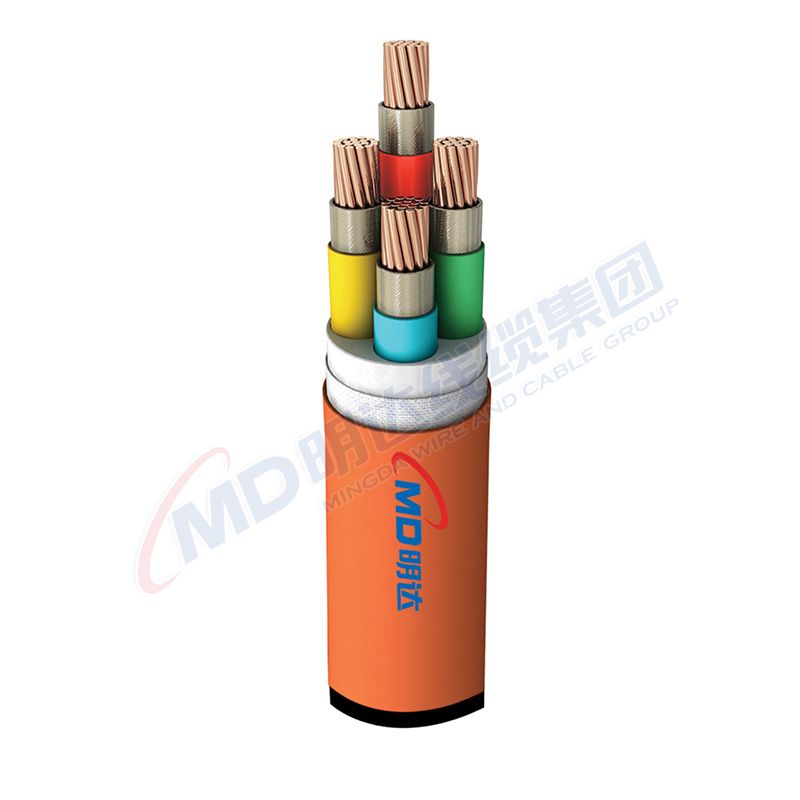ਦਸੰ. . 16, 2024 08:50 Back to list
3 way ball valve
Understanding 3-Way Ball Valves Design, Function, and Applications
In the world of fluid dynamics, the importance of valves cannot be overstated. Among the various types of valves present in industrial applications, the 3-way ball valve is a significant player owing to its versatility and efficiency. This article will explore the design, function, and various applications of 3-way ball valves, highlighting their importance in modern engineering.
What is a 3-Way Ball Valve?
A 3-way ball valve is a type of valve that utilizes a spherical disc, known as a ball, to control the flow of fluid through three different paths. It is designed with a hollow, perforated sphere that allows fluid to pass through it when aligned in the proper orientation. The three connections — inlet and two outlets — enable the valve to either mix or divert the fluids depending on the application.
Design Features
The primary feature that sets a 3-way ball valve apart from other valves is its ball mechanism. Typically, these valves are made from durable materials such as stainless steel, polypropylene, or brass, which resist corrosion and high pressure. The ball has a hole drilled through it, which aligns with the valve body to either permit or restrict flow.
3-way ball valves come in two common configurations L-port and T-port
.1. L-Port Ball Valves These valves can divert flow from one inlet to either of the two outlets, sharing equal flow in the process. This allows for excellent performance in applications where the fluid needs to be routed to one of two paths.
2. T-Port Ball Valves These valves are typically used when the application requires both mixing and diverting functions. A T-port valve can direct flow to both outlets simultaneously or mix flows into a single outlet. This adaptability makes T-port valves invaluable in processes involving multiple fluids.
Functionality
3 way ball valve

The operation of a 3-way ball valve is relatively straightforward. It is often controlled manually, but it may also be automated using actuators for remote control. The position of the ball determines the flow pattern. By rotating the handle or actuator, the ball aligns with the inlet and the selected outlet, thereby allowing or stopping the flow.
One of the key advantages of 3-way ball valves is their ability to handle a broad range of media, including water, oil, and gas. This versatility makes them suitable for various applications, from water treatment systems to oil and gas pipelines.
Applications of 3-Way Ball Valves
1. Chemical Processing In the chemical industry, 3-way ball valves are used for mixing different chemicals accurately. The T-port design allows for precise control over the flow of reactants, ensuring the desired reaction occurs without excess or deficiency.
2. Water Distribution Systems In municipal water systems, these valves direct water to different supply lines. Their ability to switch the flow direction helps manage water resources efficiently.
3. Oil and Gas Industry 3-way ball valves are vital in controlling the flow of hydrocarbons in pipelines. They facilitate the diversion of flow for maintenance and safety purposes, making it easier to isolate sections of the pipeline when necessary.
4. HVAC Systems In heating, ventilation, and air conditioning (HVAC) applications, 3-way ball valves are used to regulate the flow of water in chilled and hot water systems, ensuring efficient temperature control.
5. Food and Beverage Processing The sanitary designs of many 3-way ball valves make them ideal for the food industry, enabling fluid control without contamination.
Conclusion
The 3-way ball valve is an essential component in many industries, appreciated for its versatility, reliability, and efficiency. Its design allows for both mixing and diverting fluid flows, making it a critical device in a variety of applications, from chemical processing to water distribution. Understanding the function and design of these valves can aid engineers and technicians in selecting the right equipment for their fluid control needs, ultimately impacting productivity and operational efficiency. As technology advances, we can expect to see further innovations in the design and application of 3-way ball valves, ensuring they remain relevant in an ever-evolving industrial landscape.
Share
-
Reliable Wafer Type Butterfly Valves for Every IndustryNewsJul.25,2025
-
Reliable Flow Control Begins with the Right Ball Check ValveNewsJul.25,2025
-
Precision Flow Control Starts with Quality ValvesNewsJul.25,2025
-
Industrial Flow Control ReliabilityNewsJul.25,2025
-
Engineered for Efficiency Gate Valves That Power Industrial PerformanceNewsJul.25,2025
-
Empowering Infrastructure Through Quality ManufacturingNewsJul.25,2025


